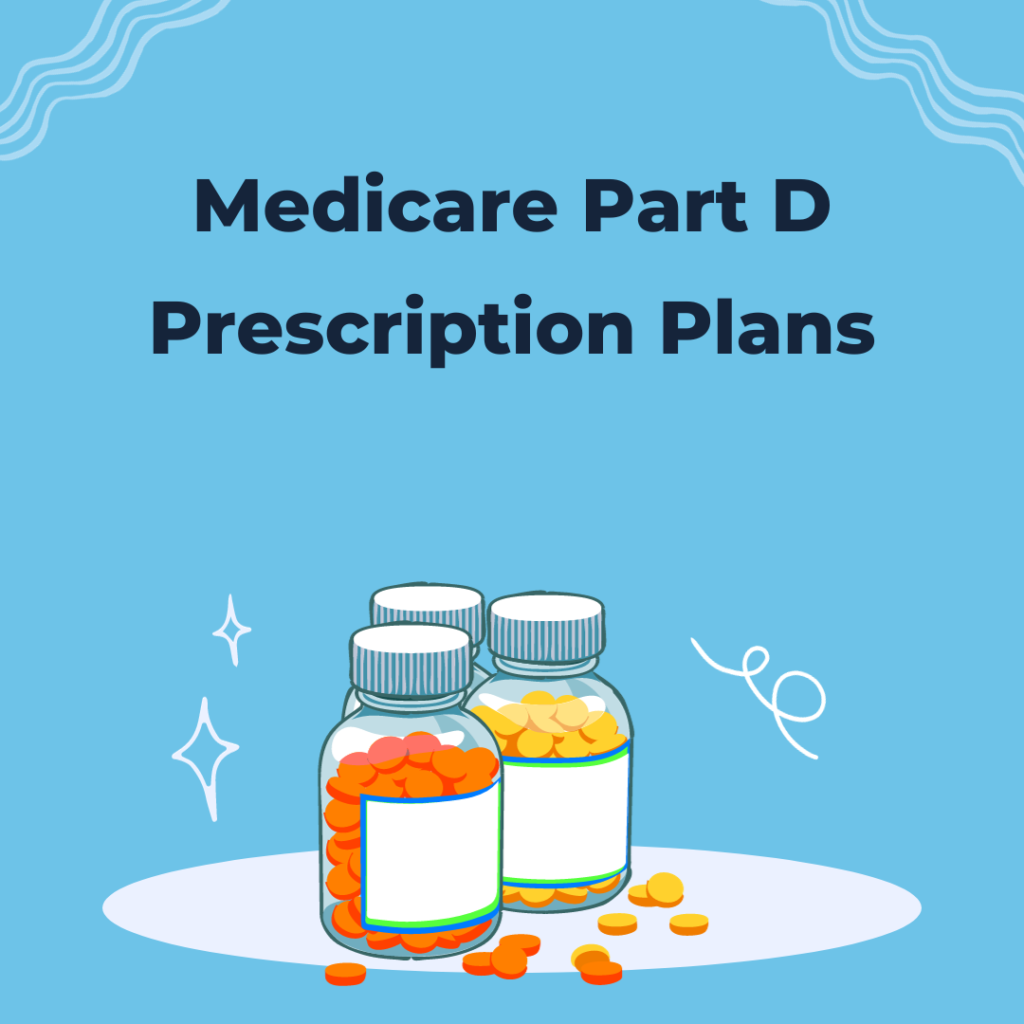For Over 40 years, Medicare beneficiaries paid out of pocket for most of their prescription medications. In 2006, the federal government opened a new program called Medicare Part D to help beneficiaries manage their prescription drug costs
Medicare Part D is voluntary, meaning you can choose to opt into a plan or not. If you do enroll in Part D, you will be able to access retail prescription drugs at a more affordable rate, and enjoy protection against catastrophic costs in the event you need a very expensive medication.
If you decide not to enroll when you’re first eligible, and you don’t have other credible coverage (like drug coverage from an employer or union) or get Extra Help, you’ll likely pay a late enrollment penalty if you join a plan at a later time. Generally, you will have to pay a penalty for as long as you have Medicare drug coverage.

How much does Part D costs?
Monthly premiums for Part D coverage vary by plan. In some states, plans can cost as little as $10, and they can go as high as $170 or more in other areas. Premiums are determined in large part by the formulary, or list of prescription drugs covered under the plan.
Medicare does impose an adjusted premium for those with higher incomes. For 2024, if you earn more than $103,000 annually (for individuals) or $258,000 (married filing jointly) then you will owe the Income Monthly Adjusted Amount (IRMAA).
When you purchase prescriptions at the pharmacy, those with Part D coverage will enjoy an affordable co-pay for the medication that your plan administrator negotiated for you. Medications are available in different tiers of pricing, with generic drugs being the least expensive.
You may be subject to a deductible. This is the amount you must pay for your prescription medications before your insurance benefits kick in to cover the rest (except for co-pays). Medicare sets a threshold for deductibles each year, and insurance companies cannot charge more than that limit (although they can charge less). For 2024, the maximum deductible allowed for Part D coverage is $545.
Other notable costs:
- This initial coverage limit for 2024 is $5030.
- The coverage gap stage is 25% coinsurance. until it reaches $8000.
Enrolling in Medicare Part D
You are eligible for Medicare Part D when you first become eligible for Medicare (at age 65) . You can consult with one of our licensed professionals, who will be happy to explain your plan options, or you can enroll in a Part D plan directly thru Medicare. Call 1-800-MEDICARE or visit Medicare’s website for enrollment information.
If you opt for Medicare Part C, Part D coverage might already be rolled into the policy.
Since Part D coverage is offered through private insurance companies with plans that vary, you should carefully choose your plan based on your preferred medications and the plans formulary.
If you don’t enroll in Medicare Part D when you first are eligible for Medicare, you can elect a plan later. Each year, during Medicare’s Annual Election Period from October 15th to December 7th, you can add, drop or change your plans.
